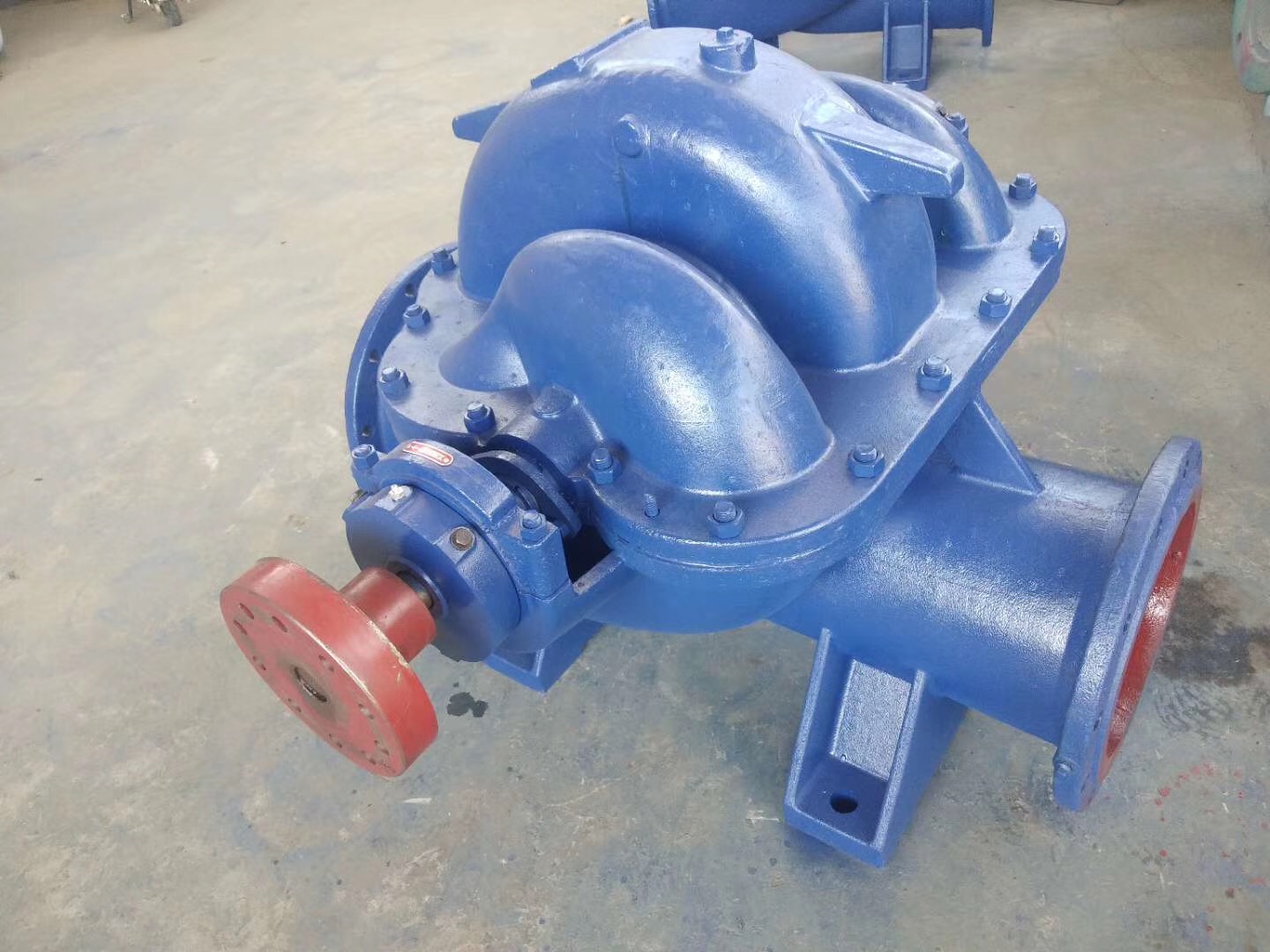English
- Afrikaans
- Albanian
- Amharic
- Arabic
- Armenian
- Azerbaijani
- Basque
- Belarusian
- Bengali
- Bosnian
- Bulgarian
- Catalan
- Cebuano
- Corsican
- Croatian
- Czech
- Danish
- Dutch
- English
- Esperanto
- Estonian
- Finnish
- French
- Frisian
- Galician
- Georgian
- German
- Greek
- Gujarati
- Haitian Creole
- hausa
- hawaiian
- Hebrew
- Hindi
- Miao
- Hungarian
- Icelandic
- igbo
- Indonesian
- irish
- Italian
- Japanese
- Javanese
- Kannada
- kazakh
- Khmer
- Rwandese
- Korean
- Kurdish
- Kyrgyz
- Lao
- Latin
- Latvian
- Lithuanian
- Luxembourgish
- Macedonian
- Malgashi
- Malay
- Malayalam
- Maltese
- Maori
- Marathi
- Mongolian
- Myanmar
- Nepali
- Norwegian
- Norwegian
- Occitan
- Pashto
- Persian
- Polish
- Portuguese
- Punjabi
- Romanian
- Russian
- Samoan
- Scottish Gaelic
- Serbian
- Sesotho
- Shona
- Sindhi
- Sinhala
- Slovak
- Slovenian
- Somali
- Spanish
- Sundanese
- Swahili
- Swedish
- Tagalog
- Tajik
- Tamil
- Tatar
- Telugu
- Thai
- Turkish
- Turkmen
- Ukrainian
- Urdu
- Uighur
- Uzbek
- Vietnamese
- Welsh
- Bantu
- Yiddish
- Yoruba
- Zulu
Telephone: +86 13120555503
Email: frank@cypump.com
Oct . 18, 2024 19:23 Back to list
Double Suction Centrifugal Pumps Overview and Applications in Modern Engineering Solutions
Double Suction Centrifugal Pumps An Overview
Centrifugal pumps are among the most widely used types of pumps in various industries, with applications ranging from water supply to chemical processing. Among the different configurations of centrifugal pumps, double suction centrifugal pumps stand out due to their unique design and operational advantages. This article aims to provide a comprehensive overview of double suction centrifugal pumps, highlighting their structure, working principle, applications, and benefits.
What is a Double Suction Centrifugal Pump?
A double suction centrifugal pump is a specific type of centrifugal pump that features two inlets (suction sides) and a single outlet (discharge side). This design allows the pump to efficiently handle larger volumes of fluid while maintaining a balanced hydraulic load. The two suction ports draw fluid from either side of the impeller, which minimizes axial thrust and enhances the pump's operational stability.
Structure and Design
The key components of a double suction centrifugal pump include the impeller, volute casing, bearings, and shaft. The impeller, typically designed with curved blades, is responsible for imparting energy to the fluid, converting mechanical energy into kinetic energy. The volute casing collects the fluid discharged by the impeller and converts its kinetic energy into pressure energy.
One notable feature of double suction pumps is their arrangement of the impeller. Often, the impeller is designed to be symmetrical, allowing for balanced flow and reduced vibrations. The two inlets allow for higher flow rates compared to single-suction pumps, making them particularly suitable for large-scale applications.
Working Principle
The operation of a double suction centrifugal pump is based on the principles of fluid dynamics. When the pump is activated, the impeller begins to rotate, creating a low-pressure zone at the center of the impeller. This low pressure draws fluid into the pump through the two suction inlets. As the fluid enters the impeller, it is propelled outward by the centrifugal forces generated by the spinning impeller blades.
The design ensures that fluid flows smoothly into both sides of the impeller, reducing the potential for cavitation—an issue often encountered in single-suction pumps. Once the fluid exits the impeller, it moves into the volute casing, where its kinetic energy is converted into pressure, allowing it to be discharged effectively through the outlet.
Applications of Double Suction Pumps
Double suction centrifugal pumps are used across a diverse range of applications due to their efficiency and reliability. Common applications include
double suction centrifugal pump

1. Water Supply Systems They are frequently used in municipal water supply systems, where large volumes of water need to be transported over considerable distances.
3. Industrial Processes Industries such as petrochemical, chemical manufacturing, and food processing utilize these pumps for various fluid transfer processes.
4. Irrigation Agricultural applications leverage double suction pumps for effective irrigation, ensuring adequate water supply to crops.
Advantages of Double Suction Centrifugal Pumps
The benefits of double suction centrifugal pumps make them a preferred choice in many applications
1. Higher Efficiency Their design allows for higher flow rates and better efficiency, especially when handling large volumes of fluid.
2. Reduced Axial Thrust The balanced impeller design results in minimal axial thrust, prolonging the lifespan of bearings and reducing maintenance requirements.
3. Versatility With the ability to handle various fluids, including clear water and complex liquids, double suction pumps offer versatility across different sectors.
4. Enhanced Reliability The design minimizes issues like cavitation and vibration, leading to more reliable operation.
Conclusion
In summary, double suction centrifugal pumps are crucial in many industrial and municipal applications due to their efficiency, reliability, and ability to handle large volumes of fluid effectively. Their sophisticated design mitigates common issues found in other pump types, making them an excellent choice for various fluid transfer needs. As technology progresses, the evolution of these pumps continues to enhance their performance, further solidifying their role in modern fluid handling applications.
-
Horizontal Split Case Pump with GPT-4 Turbo | High Efficiency
NewsAug.01,2025
-
ISG Series Pipeline Pump - Chi Yuan Pumps | High Efficiency, Durable Design
NewsAug.01,2025
-
Advanced Flue Gas Desulfurization Pump with GPT-4 Turbo | Durable & Efficient
NewsJul.31,2025
-
ISG Series Vertical Pipeline Pump - Chi Yuan Pumps | Advanced Hydraulic Design&Durable Construction
NewsJul.31,2025
-
ISG Series Vertical Pipeline Pump - Chi Yuan Pumps | Energy Efficient & Low Noise
NewsJul.31,2025
-
pipeline pump - Chi Yuan Pumps Co., LTD.|High Efficiency&Low Noise
NewsJul.31,2025










